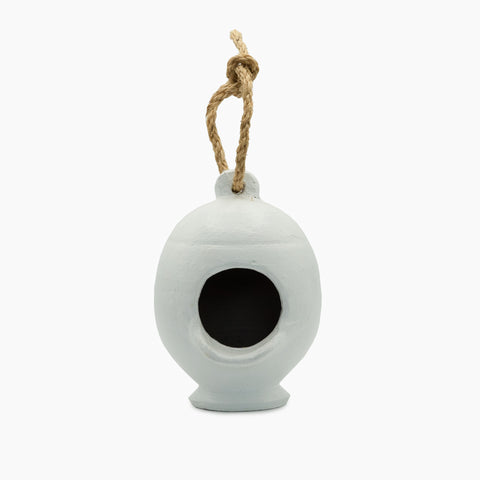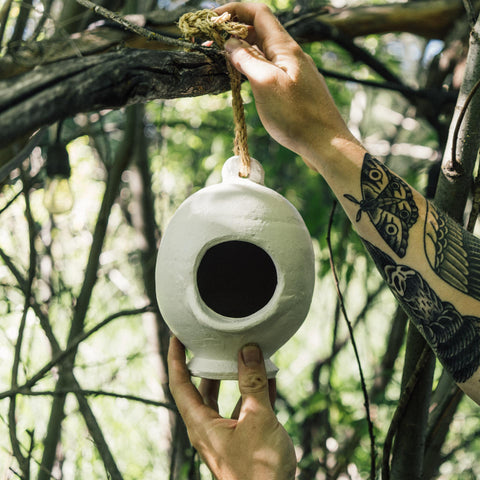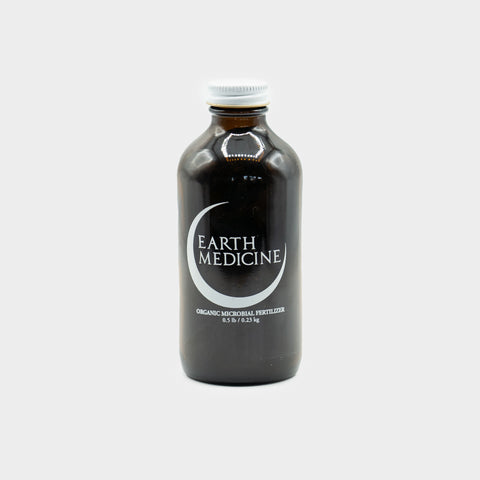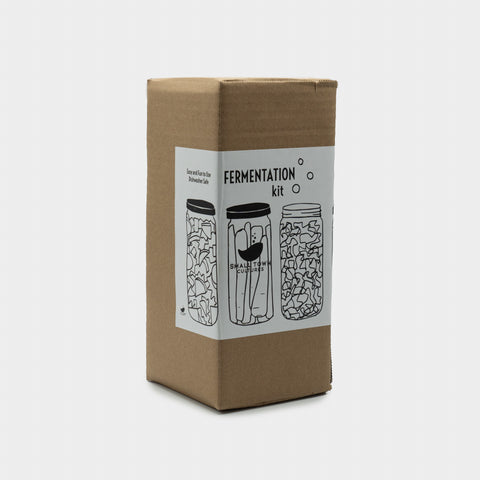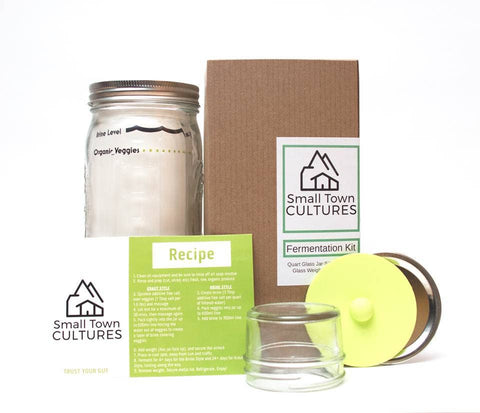The Season's First Harvest: Helpful and Healthful Tips for a Bountiful Harvest
The season’s first harvest is often looked upon with a lot of anticipation and excitement!
You’ve mulched, weeded, watered, and tended to your garden, and now it’s your garden’s turn to tend to you!
For the season’s first harvest, we’re typically harvesting leafy greens where as many fruits, vegetables, and seeds will come later in the Summer. We’ve put together some tips and ideas that we practice in our garden and wanted to share them with you in hopes that you may find them helpful, too!
Tools for Harvesting:
-A clean bucket, bowl, or bag for collecting
-Knife, scissor, snips, or shears
-Garden Gloves
When to Harvest:
Typically, the best time to harvest is in the morning when it’s still cool and the plant has had a reprieve from the heat of the day. The plant should be dry without dew. We like to harvest in the morning because it is when the water content in the plant is highest so your plant will be strong and perky.
Our Top 5 Plants to Harvest in the Late Spring:
Chives: Chives are a member of the onion family Alliacaea, and cultivated for their onion-flavor leaves that can be used for culinary purposes. Chives can be harvested as soon as the leaves are at least 6 inches tall, ensuring that you leave some of the plant to photosynthesize and keep producing throughout the season so you can return to harvest more later in the year. The flowers of the chive plant are also edible and add a beautiful color and vibrant flavor to salads and dishes. We always leave the majority of our chive flowers on the plant as they provide welcome nectar for bumblebees, honeybees, mason bees, and leafcutter bees. Once your plant flowers and goes to seed, it will often self-sow or you can collect the seeds.
Leafy Greens: When we harvest leafy greens, we like to use the method of “cut and come again” to encourage new growth all through the season. Kale, Swiss Chard, Lettuce, Arugula, and more all can benefit from this type of harvesting and so can you as they’ll continue to grow and produce longer than harvesting them all at one time!
To do this, you’ll harvest the largest leaves on the outside of the plant as you need them. We love to harvest using snips, scissors, or shears to get the most of the harvest off the plant which tells the plant to stop putting energy there and send it elsewhere! A clean harvest also helps minimize the likelihood of pest and/or disease from infecting the plant.
To “cut and come again”, you’ll want to leave at least a handful of leaves on the plant so that it can still photosynthesize and produce more leaves. Then you can return again and again for harvesting!
Ideas for Leafy Greens to Harvest May-July: Arugula, Kale, Lettuce, Bok Choy, Mustard Greens, Beet Greens, Dandelion Greens, Broccoli Greens
Peas: Did you know that your entire pea plant is both edible and delicious? This means that while you can wait for peas to harvest from your plant, you can also nibble on the tender leaves and tendrils for early spring nourishment! As soon as your young plants are about 8 inches tall, you can cut off the top set of leaves of the plant which will be your first harvest. This will also encourage the plant to spread out and grow into a fuller plant. After the plant has grown for about a month, you can come back to harvest the top 4-6 inches of your plant which can include the tendrils, leaves, and flowers!
When your peas plants begin to flower, you should have your first peapod harvest ready within the next three weeks! Shelling Peas are ready to harvest when the pods have swelled with peas and their outer shell forms a cylindrical shape. Edible Pea Pods are ready when the pea pod is about 2-3 inches long and they should be slightly swollen with peas. Certain varieties won’t swell much at all, like the Snow Pea.
Rhubarb: Rhubarb is a cool-season vegetable that includes many varieties with both green and red stalks. Growing Rhubarb takes patience as it can be years after planting to yield a first harvest, but in our opinion, it is well worth the wait! To harvest your Rhubarb, wait until your Rhubarb plant is mature enough to have at least 5-8 stalks that are at least 10 inches long. We like to gently pull on the stalk to harvest rather than use a knife that can accidentally cut more than we intended to.
Only the stalks of the plant are edible. Once you’ve harvested, you can cut off the few inches at the bottom of the stock. The leaf of the plant is toxic and should be discarded into a compost pile or use the “chop & drop” method and add as mulch to your garden. The leaves of this plant contain oxalic acid crystals. When the plant freezes, the oxalic crystals in the leaves can move into the Rhubarb stalks so only harvest your stalks before frost when the stems are firm and upright.
The older your Rhubarb plant is, the more they’ll “bolt” each year- or go to flower and produce seed. These stalks are still edible, but know that once your Rhubarb bolts, it is putting more energy into creating a flower and seed than it is growing more stalks, so it does affect your harvest! We like to get a good harvest in and then let a few bolting stalks flower for the pollinators and then collect the seeds. The seeds are abundant and can be shared with neighbors, family, and friends! We also think that the large flowering stalks make for beautiful large floral displays!
Strawberries: After your plant blooms, it typically takes 4-6 weeks for the pollinated flower to form into a sweet berry. Strawberries are sweetest when they’ve turned brightly red and have then stayed on the plant for an additional couple days. Because they can bruise easily, we like to snap the stem above the berry rather than pulling directly on the berry. Harvesting will be easiest in a cooler part of the day and after harvesting, you’ll want to store them in a cool, shady spot.
Our last harvesting tip: Make the harvest of your plants work for you, the land, and your vision!
It takes long, faithful work & a lot of companionship with your land to grow and tend to your garden - whatever your harvest looks like for you - let it be easy, gracious, and in gratitude. Congratulations on your tasty and fulfilling harvest!
